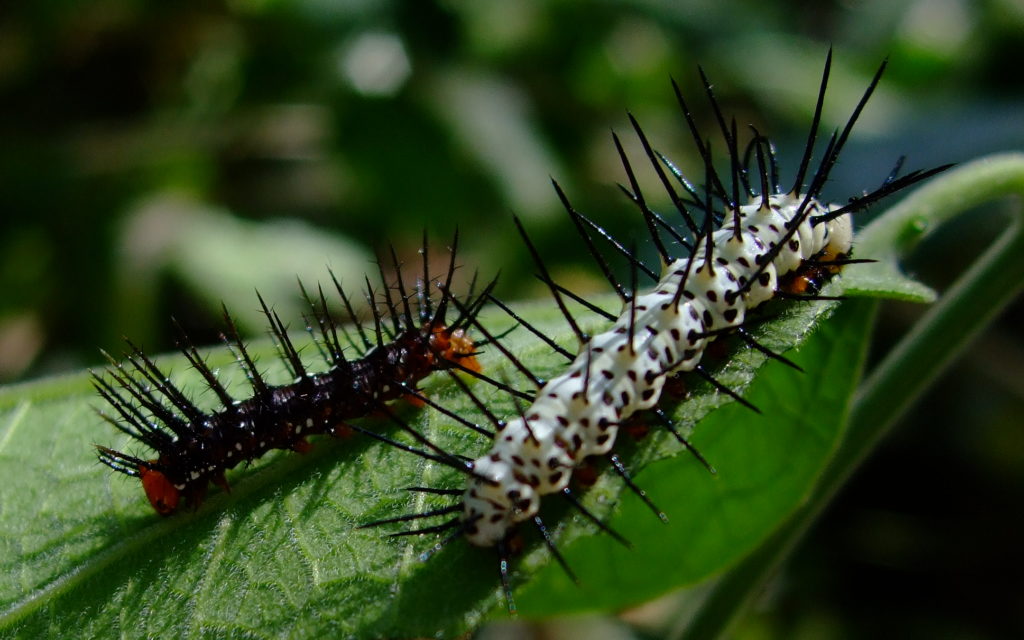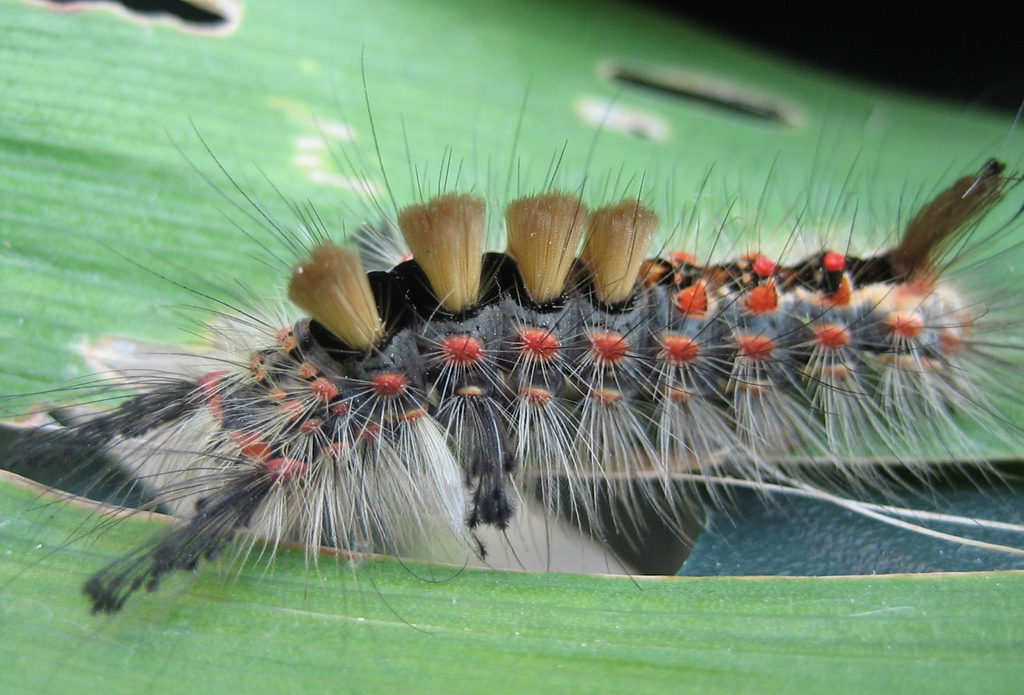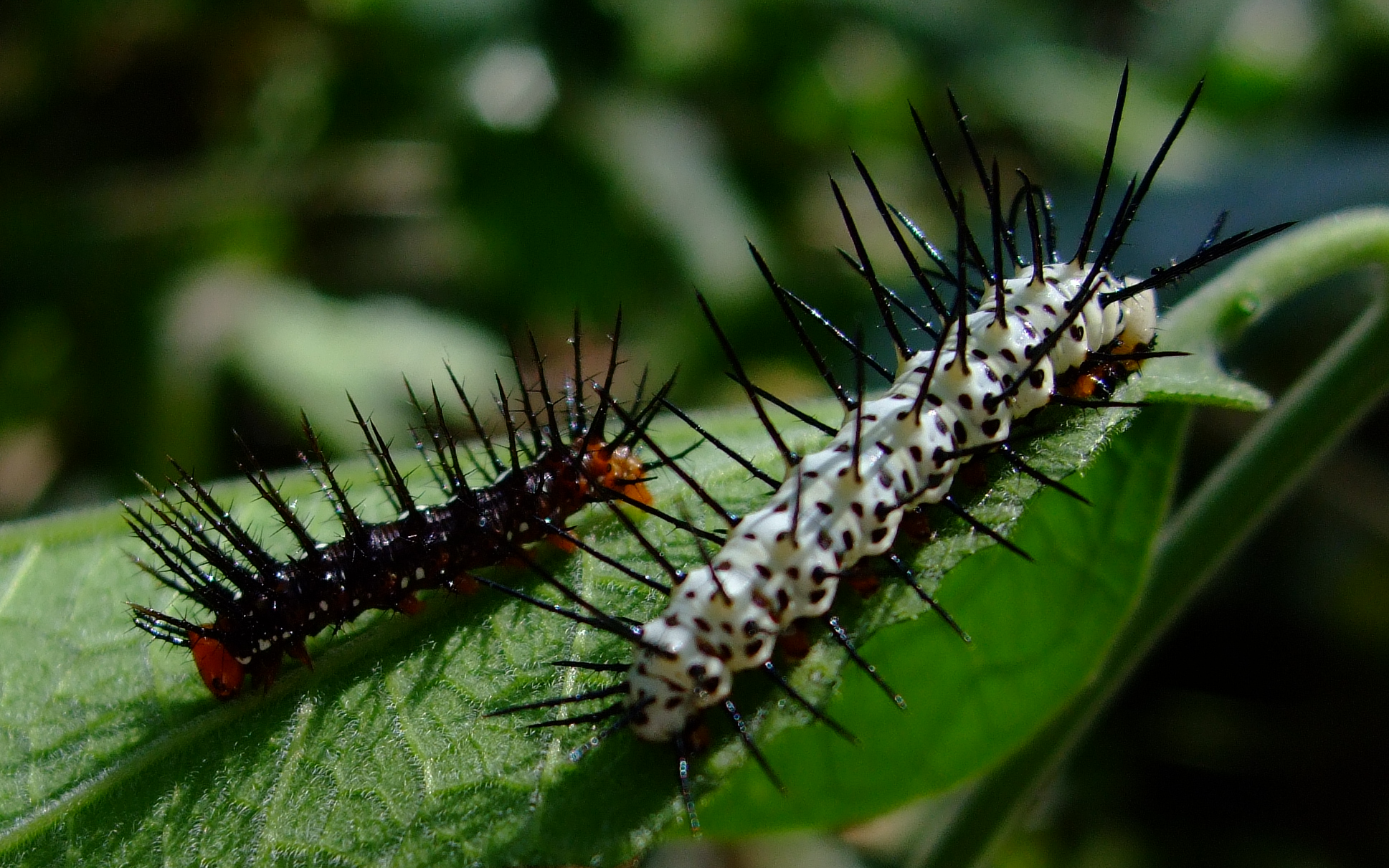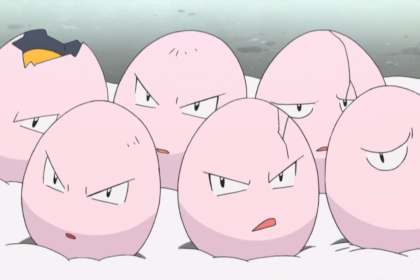Caterpillars are incredibly interesting creatures to learn about. That is why we have created this list of 22 weird and awesome facts about caterpillars.
1. The hermit crab caterpillar from Peru makes its own small suit of armor out of leaves, which it rolls into a small tube and glues together using its sticky pit. The caterpillar then lies inside this tube and drags itself around the forest floor using its mouth.
2. Caterpillars use camouflage to protect themselves from predators. Some caterpillars make themselves look like bird droppings, others have colorful splotches on their bodies that look like snake eyes while some mimic patterns of their toxic counterparts.
3. The Calindoes trifascialis, a caterpillar that lives in the forests of Southern Vietnam, wraps itself in leaves that it makes into tiny sleeping bags when it prepares to pupate. It then hops around the forest floor, directing itself away from sunlight.
4. The gum leaf skeletoniser caterpillar has fuzzy hats on top of its head. This “hat” is made from old heads that the caterpillar sheds every time it molts. Each time it casts off an old skin, the caterpillar pops its most recently shed head on top of its new, bigger head until it makes a small tower.
5. Birch caterpillars have specialized anal “oars” that they drag across leaves to create signals to other caterpillars. They’re also known to shake their bodies and scrape their mandibles along leaf blades to create different signals for other caterpillars.
6. The tobacco hornworm lovely to eat the highly toxic tobacco plant leaves. Not only does the tobacco hornworm easily digest this toxic plant but it also has a gene which allows it to utilize the toxins in nicotine as a defense mechanism.

7. All swallowtail caterpillars, if disturbed, will suddenly give out a bright orange osmeteria from behind its head, which give off a very foul odor.
8. The Antheraea Polyphemus caterpillar can eat 86,000 times its weight at birth in only two months.
9. Many people in South Africa eat the large Mopani or Mopane Worm caterpillar. It’s a very good and healthy source of protein.
10. Dried Mopane Worms can be eaten raw as a snack, though people in Botswana tend to avoid eating the head.
11. The Zebra caterpillar becomes poisonous by eating poisonous food. It also has sharp spines while the butterfly itself has a foul odor.
12. Usually, bright colors caterpillar larvae are poisonous. Their color is a reminder to any would be predators about their toxicity. One example of this is the Stinging Rose caterpillar, which is extremely toxic.
13. The tobacco hornworm is known for increasing its weight by 10,000 times in less than 20 days.
14. The puss caterpillars, also known as the wooly slug, is the most poisonous caterpillar in the United States. This caterpillar is also known for spitting acid at its predators.
15. The South American silkmoth genus Lonomia has the most potent fenom among any animal. It’s bristles are associated with venom glands, called urticating hairs, and its anticoagulant is powerful enough to cause a human to hemorrhage to death.

16. Cinnabar caterpillars turn cannibalistic. Some researchers thought that it could be due to the lack of food in their habitat, but others have shown that they also eat other Cinnabar larvae for no apparent reason.
17. Common hook tip moth caterpillars, Drepana arcuata, makes sounds by scraping against a leaf to defend their silk nests from members of their own species.
18. The majority of caterpillars are herbivorous. However, some are cannibals while a small number prey on caterpillars from other species.
19. A caterpillar breathes through small holes on their segments called spiracles.
20. Some Arctic moths spend 14 years as caterpillars. They’re only active a few weeks during each summer.
21. Caterpillars have 4,000 muscles, while humans have only 629.
22. Caterpillars have 12 eyes in total. On each side of its head, it has 6 tiny eyelets, called “stemmata,” that are arranged in a semi-circle.




